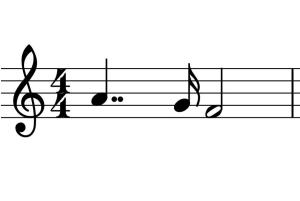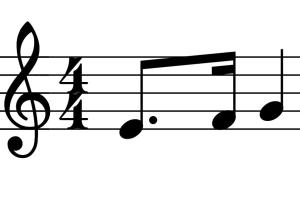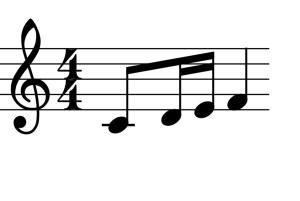The circle of fifths
What do we mean with the term ‘circle of fifths’?
Why the tonalities are sorted in a circle?
Why do we need the enharmonic relation to create the circle of fifths?
These are some of the questions we will answer today. Then we will understand all the practical benefits of the using of circle of fifths.
At the end of the lesson we also introduce the essential concept of ‘closely related keys’ and we find a very quick method to find all the closely related keys.
In this way, after these video lessons you are ready to use modulation in a very effective way!
To get the most of this lesson I suggest you to watch before the following videos (if you haven’t already done):
The Equal Tempered System and the Enharmonic relation (part 1)
The Equal Tempered System and the Enharmonic relation (part 2)
Learning material of this lesson
| 6 videos | 39 mins |
|---|---|
| 1. Introduction to the lesson | 3m 20s |
| 2. The fifth relation and the circle of fifths | 4m 53s |
| 3. How can we obtain the circle of fifths | 7m 23s |
| 4. Closely related keys and distantly related keys | 10m 53s |
| 5. How to understand modulations through the circle of fifths | 4m 50s |
| 6. The major scale degrees and closely related keys: a very strong relation | 7m 05s |
| + 1 pdf files |

The access to this lesson is reserved to Premium Membership subscribers.
If you are already registered you can simply log in.
Not a Premium Member yet?
Register today, or upgrade if you are already a free member, to access this and all the other lessons of the premium membership.
Free Access
With a Free account you gain immediate access to 15 lessons of piano, theory, harmony, music reading and composition (36 videos).








